
by Elizabeth Greig, FNP
Several times a week, I see someone at Blum Center who has multiple autoimmune conditions or cancer or both and has had a moderate to high level of toxicant (toxin) exposures. For example, they may have lived on or near a farm with an apple orchard and drank well water growing up in the 60s, they spray their apartment weekly or monthly with roach-killer, they play golf regularly, or they’ve taken many prescription drugs over many years. All of these toxicants can be removed by the detoxification pathways in the body, particularly those found in the liver. The efficiency of this process is determined in part by your genes.
How much effect – or risk – a particular gene, or group of genes, has on your health or illness is determined in part by your environment, such as food, chemicals, stress, and infections, as well as by interaction with other genes. The part that environment plays is the part you have some control over.
For example, if you have a genetic tendency to diabetes, you can control your intake of sugar, sweets and starchy vegetables and be sure to exercise and thus reduce the likelihood that you will become diabetic. This effect that lifestyle has on your genes to turn them on or off or modulate their expression is called “epigenetics.” So, rather than:
Genes = Destiny
The answer is determined by epigenetics:
Genes + Lifestyle + Environment = Destiny
Some people have a collection of genetic mutations in their detoxification pathways that decreases their ability to rid the body of these toxicants and can increase the risk that those toxicants will cause problems. The toxicants stay in circulation longer because they aren’t being removed efficiently. Then they can have a prolonged suppressing or damaging effect on the immune system and other systems that maintain the body’s health. With genetic testing, we can identify some of these mutations and then make recommendations about foods, supplements and lifestyle changes that can help you decrease those toxic effects, helping you to heal and stay healthy.


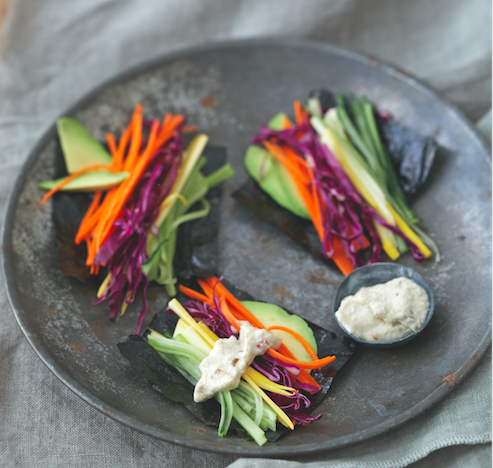
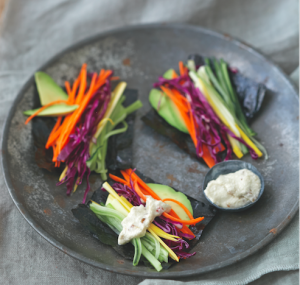

 By Mary Gocke, RDN, CDN
By Mary Gocke, RDN, CDN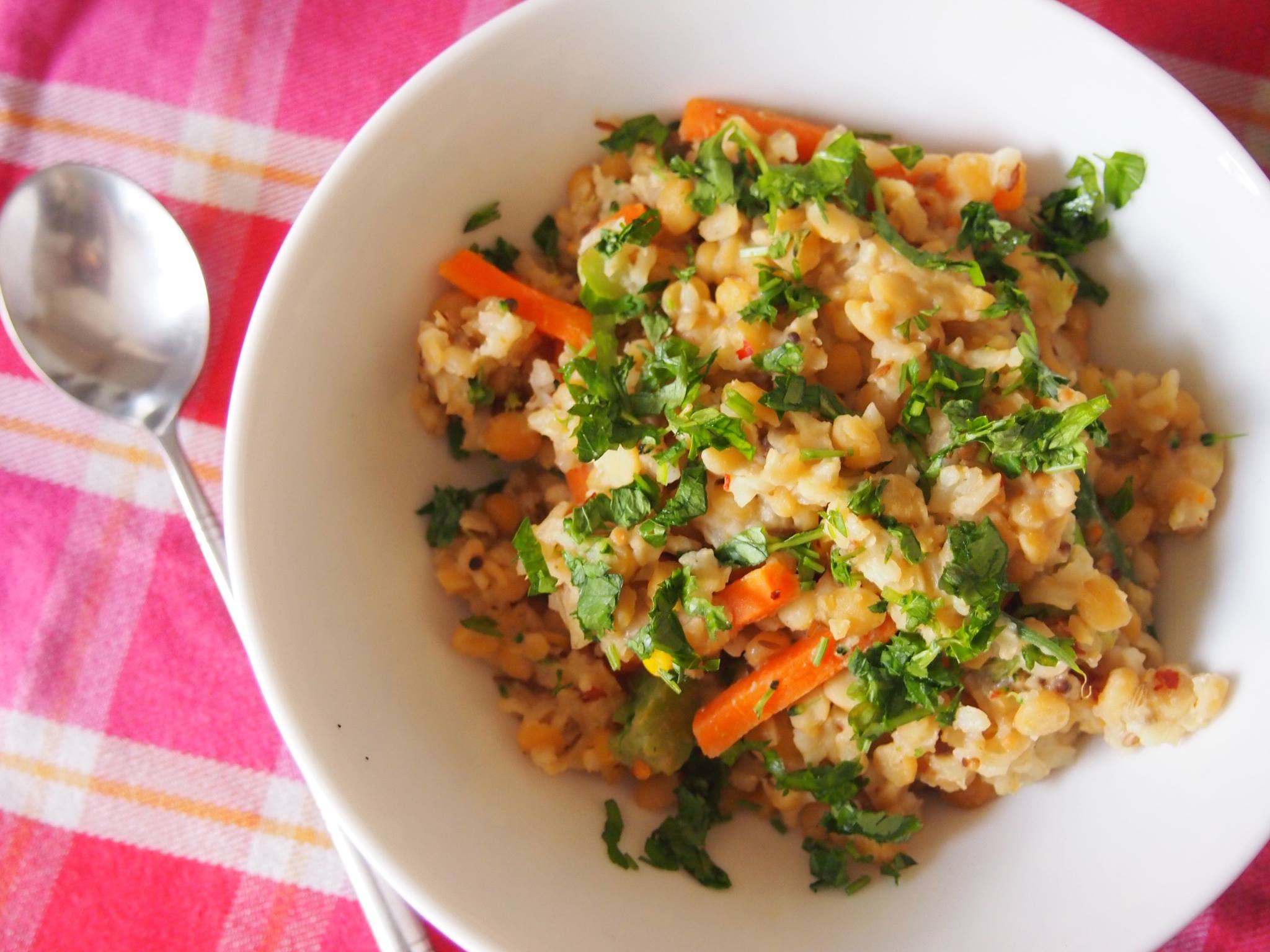
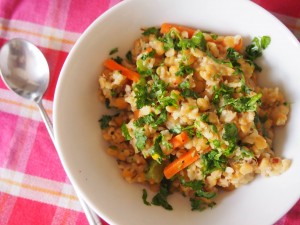
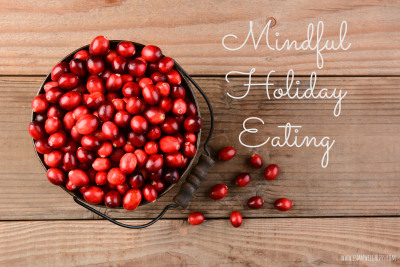


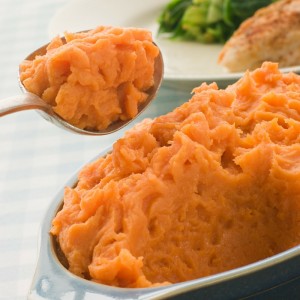 Chef Amy gives us a healthy, dairy-free version of a Thanksgiving favorite.
Chef Amy gives us a healthy, dairy-free version of a Thanksgiving favorite.
 Do any of these scenarios sound familiar?
Do any of these scenarios sound familiar?